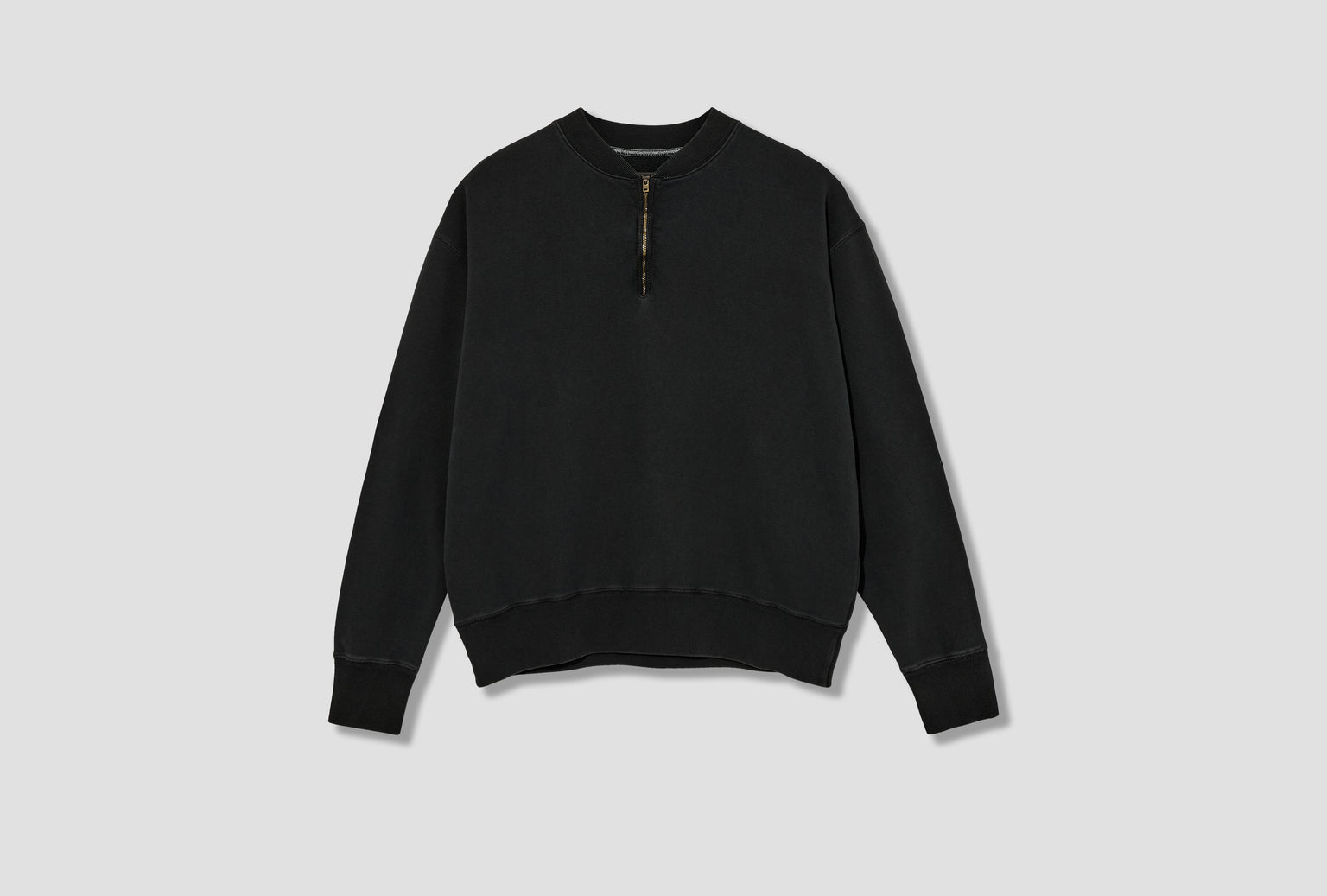
A Chronicle of Maison Margiela: Deconstruction, Anonymity, and Avant-Garde Legacy
Maison Margiela is one of the most enigmatic and influential fashion houses in the world. Renowned for its conceptual, deconstructivist approach to design, the brand has redefined what it means to be avant-garde in luxury fashion. From the shadowy figure of its founder Martin Margiela to its current reinvention under John Galliano, Maison Margiela has continually subverted expectations and reshaped the conversation around identity, craftsmanship, and creativity.
Martin Margiela: The Anonymous Architect
Maison Margiela was founded in 1988 by Martin Margiela, a Belgian designer and graduate of the Royal Academy of Fine Arts in Antwerp. Often grouped with the “Antwerp Six,” Margiela actually forged a path of his own, first working under Jean Paul Gaultier in the early 1980s before launching his namesake label.
From the beginning, Margiela rejected the cult of personality so common in fashion. He rarely gave interviews, never took a bow after shows, and was never photographed publicly. His refusal to center himself mirrored his design philosophy: clothing should speak louder than the creator.
Margiela’s early collections were revolutionary. He took traditional garments apart and reassembled them in unexpected ways—exposing linings, fraying seams, flipping garments inside out, and reinterpreting silhouettes. This method, known as deconstruction, became a signature of the brand.
Margiela blurred the line between finished and unfinished, luxury and refuse. He used repurposed materials, including vintage fabrics, military surplus, and found objects, long before sustainability became a buzzword.
Standout moments include:
- The Stockman collection, where garments mimicked tailor’s mannequins
- Tabi boots, split-toe footwear inspired by traditional Japanese work shoes
- Oversized silhouettes that challenged conventional tailoring
Runway Subversion and Anti-Fashion Ideals
Maison Margiela shows were as radical as the clothes themselves. Often held in obscure locations like abandoned buildings, playgrounds, or empty subway stations, they invited real people and neighbors to attend alongside press and buyers. Models sometimes walked with their faces covered, another gesture of anonymity and anti-celebrity.
Margiela’s approach questioned everything from marketing to consumerism. Garments were often labeled with a blank, white stitched tag—no logo, no name—just numbers (0–23) denoting each line, such as "10" for menswear, "1" for womenswear, and "22" for shoes.
The Galliano Era: Theatrical Rebirth
Throughout the 1990s and early 2000s, Margiela expanded the brand’s offerings, from artisanal collections to ready-to-wear, accessories, and even home goods. The Replica line became a fan favorite—recreations of vintage garments sourced from around the world, complete with descriptive tags that referenced the original piece’s time and place.
In 2002, Margiela sold a majority stake of the house to the OTB Group (Only The Brave), owned by Diesel founder Renzo Rosso. While the designer remained creatively involved, he officially stepped down in 2009, leaving the house without a visible creative director—true to his ethos of collective authorship.
In 2014, John Galliano—former Dior designer known for his maximalist flair—was appointed creative director. The pairing seemed paradoxical: Galliano's flamboyance versus Margiela's anonymity. Yet, the fusion yielded a new era of relevance and artistry.
Galliano retained the house’s core codes—deconstruction, conceptualism, craftsmanship—while injecting narrative-driven drama and couture techniques. His Artisanal shows for Maison Margiela, part of the official haute couture calendar, have become some of the most forward-thinking in contemporary fashion.
Galliano also leaned into performance, digital experimentation, and gender fluidity, expanding the brand’s emotional and aesthetic range without betraying its roots.
Cultural Impact and Legacy
Maison Margiela has influenced generations of designers—from Demna (Balenciaga, Vetements) to designers like Rei Kawakubo and Phoebe Philo. The brand’s emphasis on conceptual design over branding, artisanal techniques, and a refusal to conform to fashion’s norms has made it a touchstone for intellectual fashion.
The Tabi boot alone has become a cult item, reinterpreted endlessly and worn by everyone from Kanye West to fashion insiders. The house’s commitment to anonymity and authenticity remains radical in a culture obsessed with visibility and virality.
Conclusion
Maison Margiela is more than a fashion brand—it is a philosophy, an experiment, and a rebellion. Whether under Martin Margiela’s silent direction or Galliano’s theatrical vision, the house has never stopped questioning what fashion is and what it could be. Through deconstruction, reconstruction, and subversion, Margiela has turned the very act of getting dressed into a conversation about identity, memory, and meaning.
Explore our full selection of Maison Margiela here










